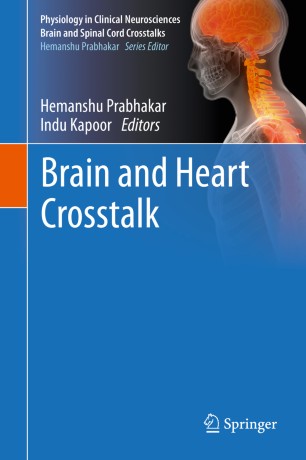

Most ebook files are in PDF format, so you can easily read them using various software such as Foxit Reader or directly on the Google Chrome browser.
Some ebook files are released by publishers in other formats such as .awz, .mobi, .epub, .fb2, etc. You may need to install specific software to read these formats on mobile/PC, such as Calibre.
Please read the tutorial at this link: https://ebookbell.com/faq
We offer FREE conversion to the popular formats you request; however, this may take some time. Therefore, right after payment, please email us, and we will try to provide the service as quickly as possible.
For some exceptional file formats or broken links (if any), please refrain from opening any disputes. Instead, email us first, and we will try to assist within a maximum of 6 hours.
EbookBell Team

4.7
96 reviewsThis book discusses the underlying mechanisms connecting the brain and heart. The physiology of the brain is such that it is easily affected by any altered physiology of other systems, which in turn may compromise cerebral blood flow and oxygenation. Together, the brain and heart control our body systems, allowing them to function automatically. This interaction between the brain and other systems makes it important for us to understand how any kind of injury to the brain can produce complications in remote organs or systems, such as the heart. The central nervous system is responsible for vegetative function and is central to homeostasis. Further, central nervous system responses are linked to the ongoing function of other organ systems e.g. feeding, thermoregulation, reproduction and muscle activity. It is therefore logical that neural control of the cardiovascular system must also interact with the neural control of other organ systems. This book explains in detail stressed cardiac conditions, discussing the pathophysiology and proposed treatment, and also describing lesser-known crosstalks between the acutely or chronically affected brain and heart.